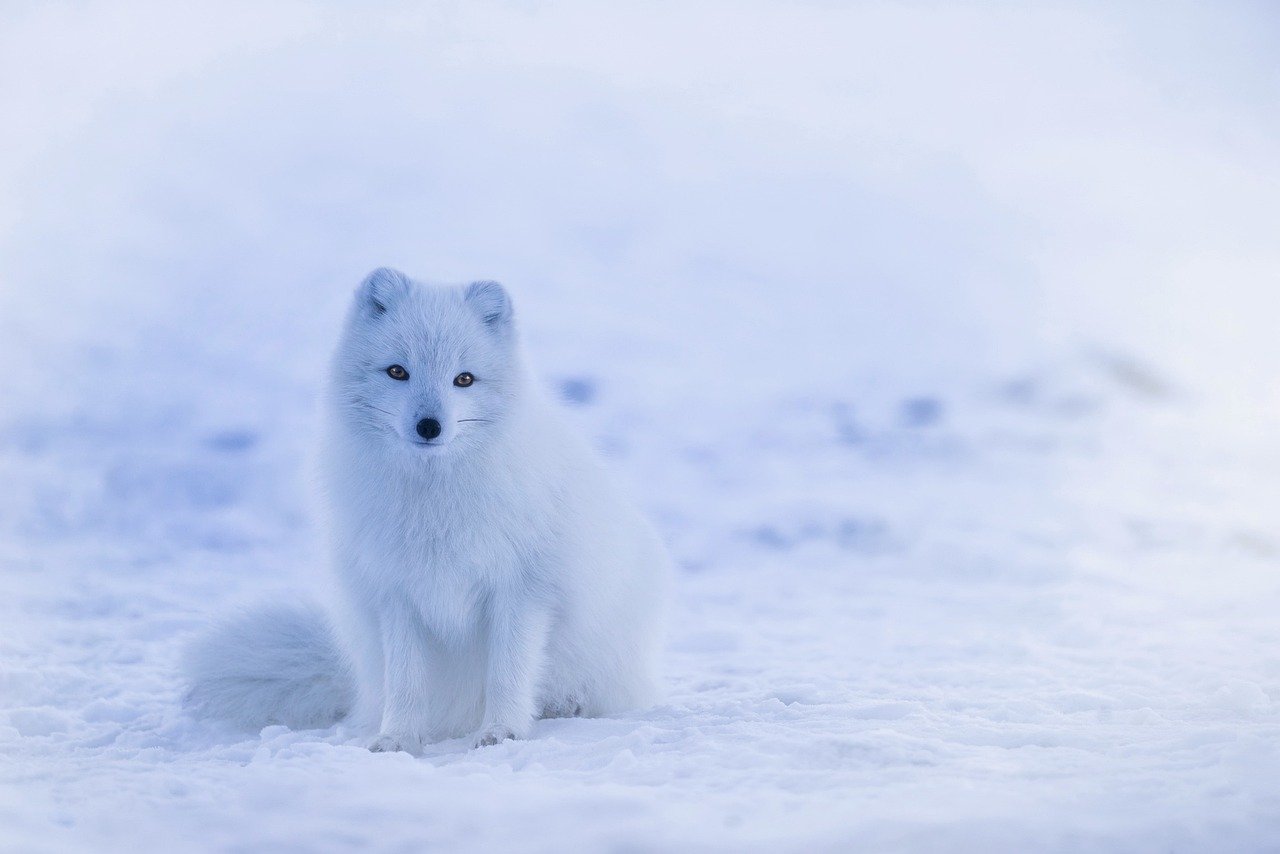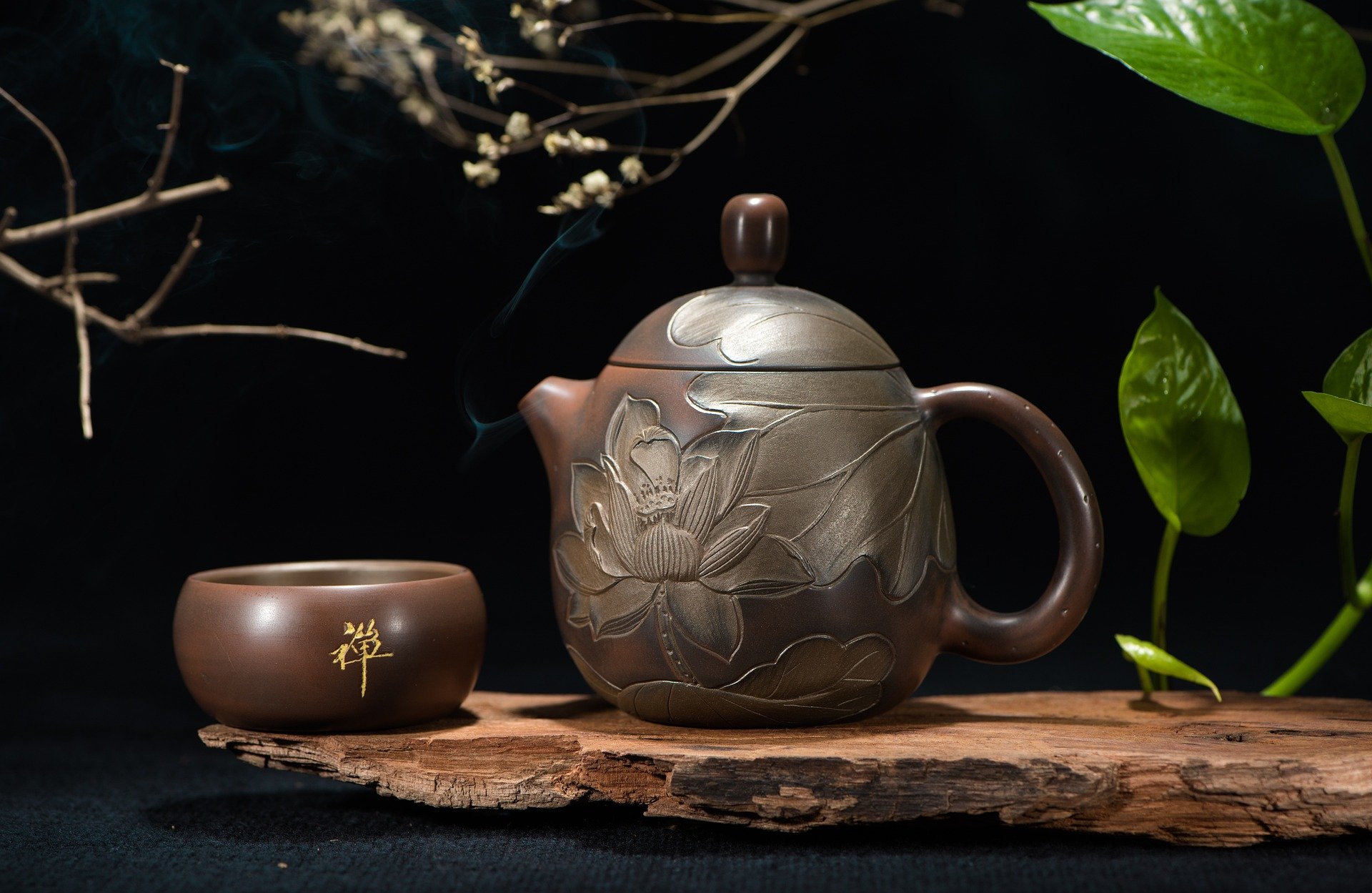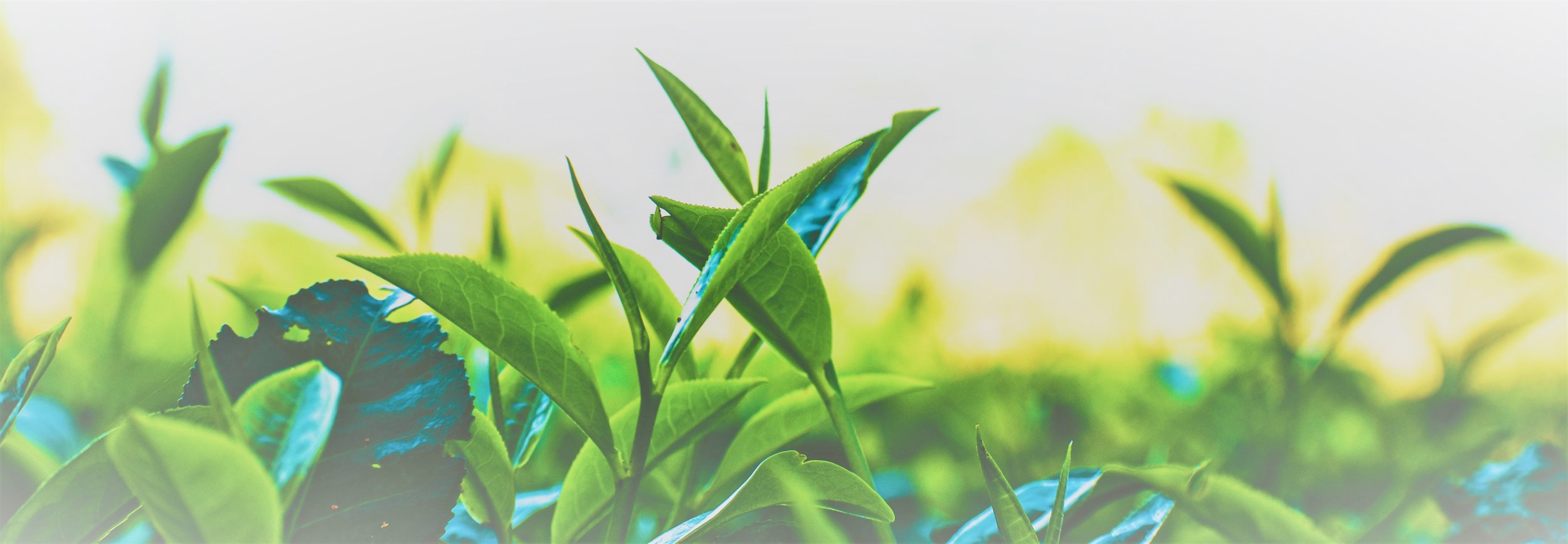
Your Tea Journey
Tea is an exquisite blend of artistry and scientific precision.
The art of tea is a celebration of the simplicity and complexity found in this beloved beverage. It's not just about the drink itself; it encompasses a rich tapestry of culture, ritual, and personal experience. Here are some key aspects that define the art of tea:
Types of Tea: Green, Black, Oolong, White, Yellow, and Dark. Each variety has its own unique flavor profile, preparation methods, and health benefits. Exploring different types can be an enriching experience.
Water Temperature: Each type of tea requires a specific water temperature to optimize flavor. For Example, green teas should be brewed under 170°F, while black tea is best brewed around 195°F.
Infusion: Timing is crucial. Steeping too long can result in bitterness; too short can lead to a weak flavor. A helpful guideline is that the hotter the water, the shorter the infusion.
Ultimately, you must trust your judgment as you explore various teas and brewing methods. You may find your personal preferences differ from conventional wisdom and that’s perfectly fine. What matters most is discovering what works best for you.
The Essentials
Water - Since tea is primarily made up of water, it's crucial to use the best quality water possible. Tap water is generally not recommended because its hardness can vary significantly from one city to another. Filtered water, particularly if it is slightly soft, is ideal, but any filtered water will suffice. However, distilled water should be avoided, as it can make the tea taste flat. Personally, I use a pitcher filter I purchased on Amazon, and it works wonderfully.
Temperature - Contrary to popular belief, most teas do not need to be boiled. In fact, many teas can taste unpleasant when brewed at boiling temperatures. Green teas are particularly delicate and are best brewed between 150°F and 170°F. Rare yellow teas should be brewed between 170°F and 185°F. Black and dark teas are best brewed at temperatures between 190°F and 200°F. There is some debate in the tea community about the ideal brewing temperature for white teas, with opinions varying on whether they should be brewed at high or lower temperatures. For oolongs, which vary in oxidation, it is generally accepted that the more oxidized the tea, the hotter the brewing temperature should be.
Time - Steeping time is critical for the quality of your tea. Brewing for too long may result in a bitter or astringent flavor, while brewing for too short a time will yield weak and watery tea. Most teas should be steeped for no longer than 5 minutes and no less than 30 seconds. Most tea packages provide recommended steeping times, which serve as a good starting point.
Quantity - The amount of tea leaves you use is another important aspect of tea preparation. This can vary greatly depending on the infusion method. Regardless of how you steep your tea, it is important to allow room for the dry tea leaves to expand. This is one reason why tea bags do not produce high-quality tea. It's best to fill your infuser—whether it’s a tea ball or basket—no more than a quarter full.

The Science
Tea is a fascinating and chemically complex beverage, so I'll provide an overview of its nature and benefits. Tea is derived from the plant Camellia sinensis, and the various types of tea result from different processing methods. Tea leaves are rich in polyphenols (antioxidants) and amino acids, both of which offer numerous health benefits.
It is well documented that tea contains less caffeine than coffee, and the caffeine is balanced by the presence of the amino acid L-Theanine, which contributes to the calmness and clarity often associated with tea. This makes it an excellent aid for studying, as it helps you stay awake and alert without causing jitters.
Additionally, tea is a great source of antioxidants, particularly polyphenols, which are known for their ability to neutralize free radicals. Free radicals are believed to be responsible for aging and the development of several diseases, including cancer.

Tea Varieties
There are six varieties of tea: white, yellow, green, oolong, black, and dark. The world of tea is complex, much like wine, but here's a brief overview of each type.
White Tea
is made primarily from leaf buds and young leaves. It is harvested only in the spring and is the least oxidized and processed of all tea varieties. Due to its limited availability, white tea often commands a high price.
Green Tea
is created by halting the oxidation process through steaming or pan-firing. Both the leaves and the brewed tea showcase a distinctive green color. Green tea is often celebrated for its numerous health benefits.
Black Tea
is the most oxidized type of tea, which gives the leaves their dark color. It is also the most popular variety in the West, serving as the base for iced tea and many blends, such as Earl Grey.
Yellow Tea
resembles white tea in that it consists only of tea buds and new leaves, but it undergoes a very light fermentation process, giving it a characteristic golden color. Because of the limited harvest and processing involved, yellow tea is the rarest type on the market.
Oolong Tea
is partially oxidized, falling between green and black tea in terms of oxidation levels. Oolong tea comes in a wide variety of processing methods and price ranges.
Dark Tea
also known as post-fermented tea, undergoes both oxidation and fermentation. It is often pressed into cakes and aged like wine, which contributes to its higher price.
Tea Preparation and Serving for Restaurants
Restaurants and businesses that want to offer tea often struggle with the complexities of proper tea preparation, leading them to rely on tea bags. However, this doesn’t have to be the case. By making cold brew tea extract in advance, they can save time and simplify their workflow without compromising on flavor.

